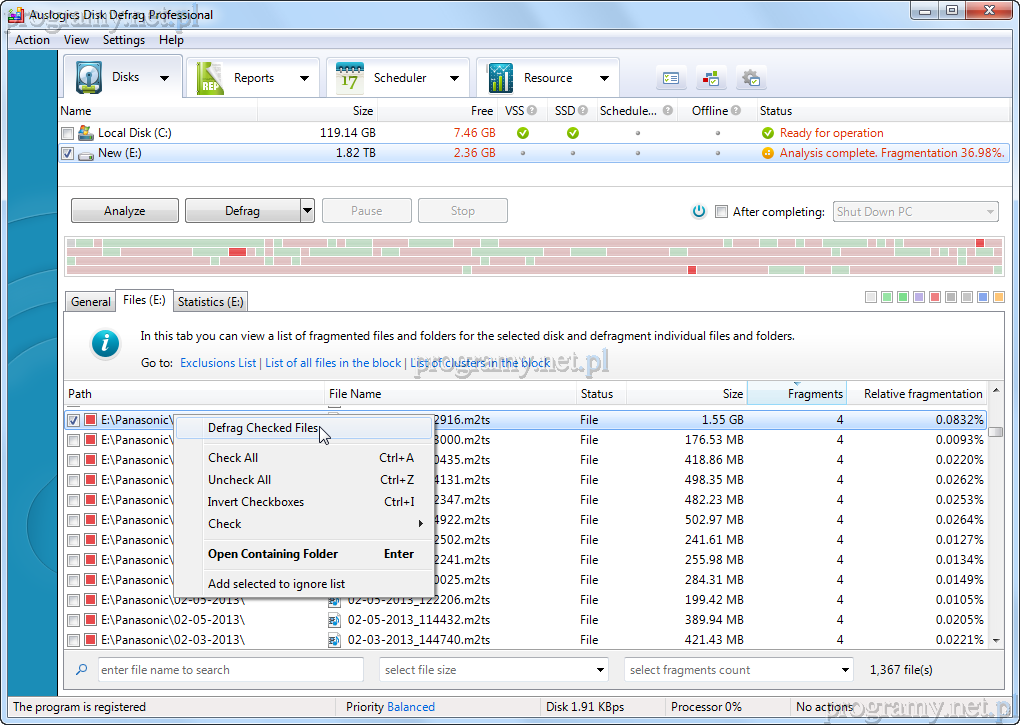


An Auto Defrag option sees the program left to run in the background, launching when your system is idle to fix any new fragmentation issues right away. The program can run an “Offline Defrag”, which launches before Windows starts to defragment key system structures (the MFT, paging, hibernation and Registry files).Ĥ. A flexible scheduler allows you to set up unattended defrags.ģ. You can run on-demand defrags whenever you like.Ģ.

If that’s not enough, then you might choose to defrag your drive by Disk Zone, which sees the program apply various rules to decide which files will be moved to the fastest area of your disk (typically folders, Registry and system files, recently accessed files and more) and who’s left in the slow lane (rarely used and large files, archives, temporary files and more).Īnd once you’ve made your choice, the program can defrag your system in several different ways:ġ. It can also optimize the layout of your files, and in multiple ways: by access time (recently-accessed files are moved to the fastest area of the drive), by modification time (recently changed files get that privilege), or by Prefetch Layout (Windows Prefetch information is used, to speed system and application launches). The program isn’t just able to consolidate free disk space and run a basic defrag, for instance.


 0 kommentar(er)
0 kommentar(er)
